The Great White Shark - a famous creature with every part evolved to become one of the largest predators on the planet: a sleek body to increase speed in the water, sharp teeth like knives to crush everything in its mouth... They instill fear in both humans and sea creatures in their sights.
However, since 2017, off the coast of South Africa - where white sharks often gather in schools and hunt - there has been a marked decline in the number of this species.
Initially, scientists attributed their mysterious disappearance to human fishing activities. By 2022, researchers were surprised to find the real culprit: a pair of killer whales that had become the terror of great white sharks in these waters.
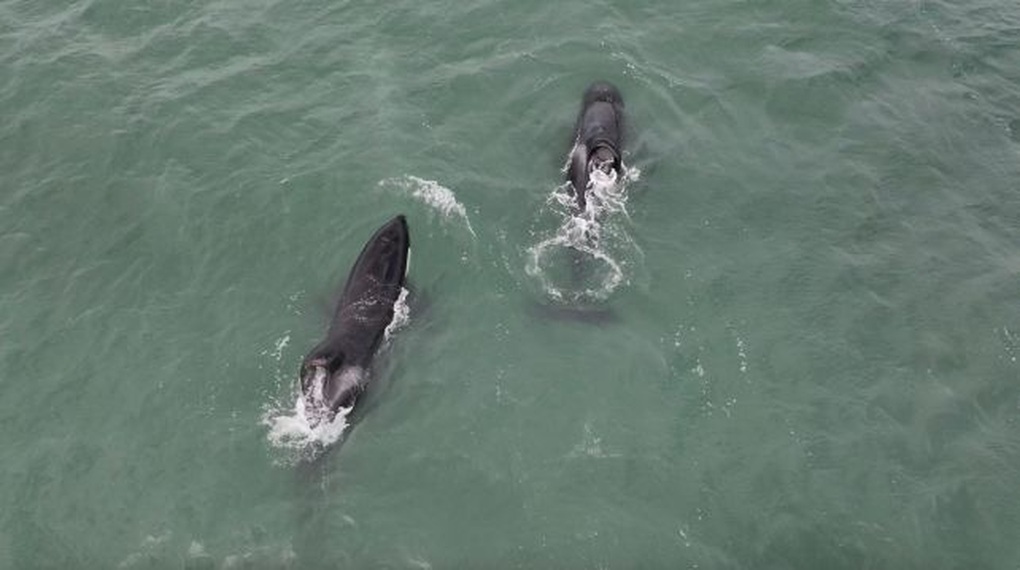
Port (left) and Starboard (right) photographed by drone off the coast of Gansbaai in July 2024 (Photo: White Shark Ocean).
Two killer whales, named Port and Starboard, put great white sharks on their favorite menu for their dorsal fins and nutritious, vitamin-rich livers.
The town of Gansbaai on the South African coast, and particularly nearby Dyer Island, is considered the world's great white shark capital. However, over the past few years, the species' presence there has been on the decline.
Since 2017, at least nine great white sharks have washed ashore at Gansbaai. Some of the carcasses were found without their livers and hearts – signs that the unfortunate sharks had suffered attacks from killer whales.
Great white sharks aren't the only prey, either. Port and Starboard have been linked to a spate of predations on broadnose sevengill sharks in their habitat.
Numerous scientific reports have shown that the mere presence of killer whales can significantly reduce the number of white sharks in an area of ocean. A 2020 study found that the number of white sharks off the coast of San Francisco would disappear if a single killer whale were present in the ocean predator's waters.
In 2022, using long-term data from tagged sharks, a team of scientists led by marine biologist Alison Towner of the Dyer Island Conservation Foundation discovered that killer whales were the reason sharks started avoiding places that were once their favorite spots.

Lead author of the study Alison Towner with the carcass of a great white shark washed up on shore after an orca attack (Photo: Hennie Otto).
Over five years, the team tracked 14 GPS-tagged sharks and recorded them fleeing when killer whales were present. After the Gansbaai killer whale attack, great white sharks were not seen for weeks, even months. Great white shark sightings have dropped significantly in some bays in the area.
What is worrying is that the absence of great white sharks is changing the ecosystem.
With the Great White gone, bronze sharks are taking over as the new predators of killer whales. This may inadvertently change the habits and hunting abilities of killer whales.
“Balance is essential in marine ecosystems. Without white sharks to limit Cape fur seal behavior, seals could increase the threat to critically endangered African penguins or impact the penguins’ food supply. This is a ‘top-down’ effect, while scientists also have ‘bottom-up’ pressures when it comes to other food sources such as abalone and kelp that are connected to this food chain,” Towner said.
While this is just a hypothesis from scientists, the pressure on the ecosystem as killer whales threaten sharks could be greater, Towner added.
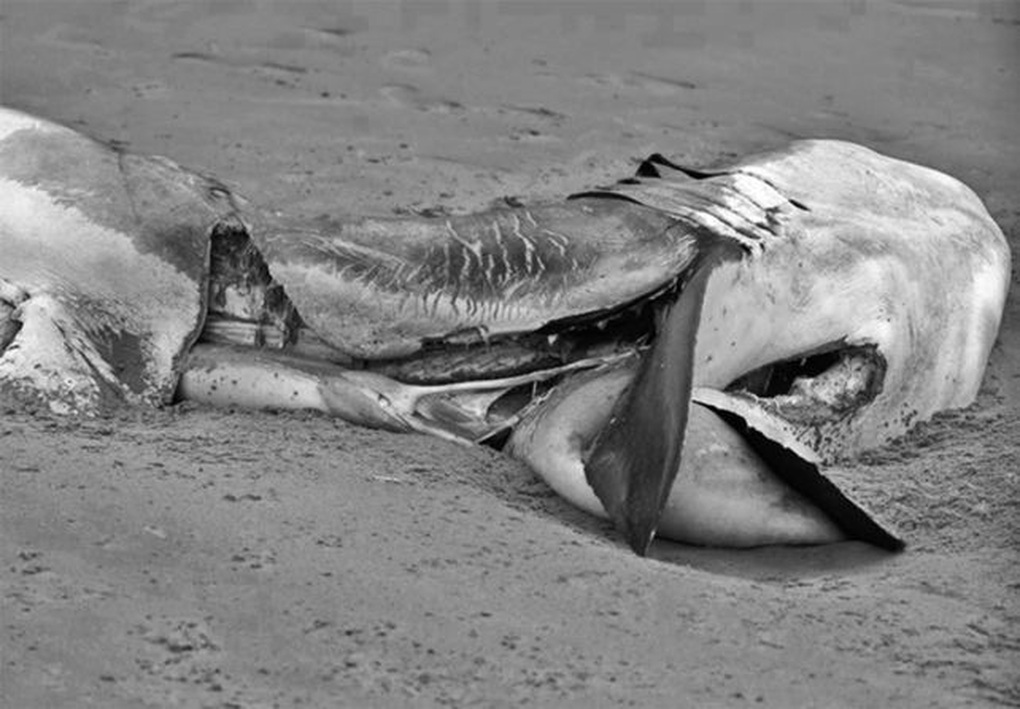
The carcass of a great white shark that washed ashore at Gansbaai in June 2023 was found to have no liver (Photo: Alison Towner).
Scientists are still not sure why killer whales prefer sharks as their favorite food. Shark livers, which are large and full of fat and shark oil, may be an excellent “fuel source” for killer whales during their migrations.
Some killer whales have even developed new hunting techniques to adapt to hunting sharks in response to the dwindling numbers of their favorite prey. However, the predation pressure from killer whales has also raised other ecological concerns.
The killer whales are also targeting juvenile great white sharks, which could further impact shark populations already suffering from slow growth and declining numbers, Towner added.
“More reporting from fishermen, cruise ships … is needed to support scientists in monitoring to collect more information about killer whales in the context of complex challenges to the balance of the regional marine ecosystem,” said Ms. Towner.
Source: https://dantri.com.vn/khoa-hoc/khac-tinh-khien-hung-than-dai-duong-chi-con-xac-khong-noi-tang-20250923085703009.htm


![[Photo] Exciting contest of skillful red fruit picking and creativity from Son La coffee beans](https://vphoto.vietnam.vn/thumb/1200x675/vietnam/resource/IMAGE/2025/11/15/1763201832979_ndo_bl_3-jpg.webp)
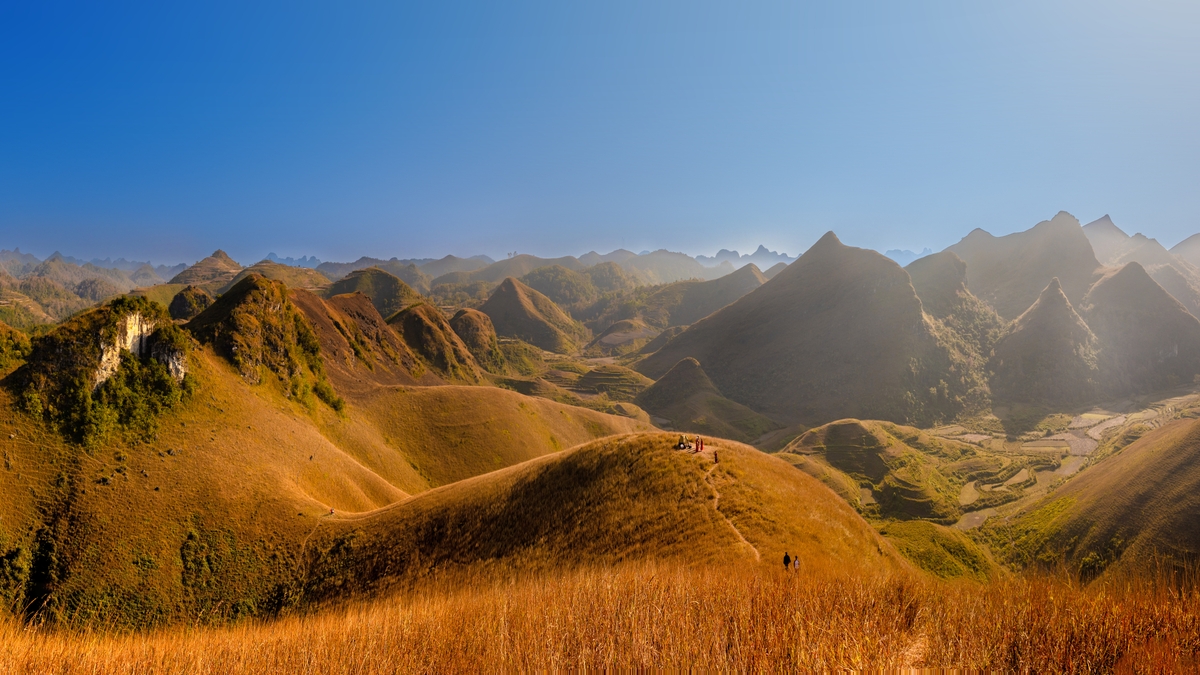
![[Photo] Panorama of the 2025 Community Action Awards Final Round](https://vphoto.vietnam.vn/thumb/1200x675/vietnam/resource/IMAGE/2025/11/15/1763206932975_chi-7868-jpg.webp)
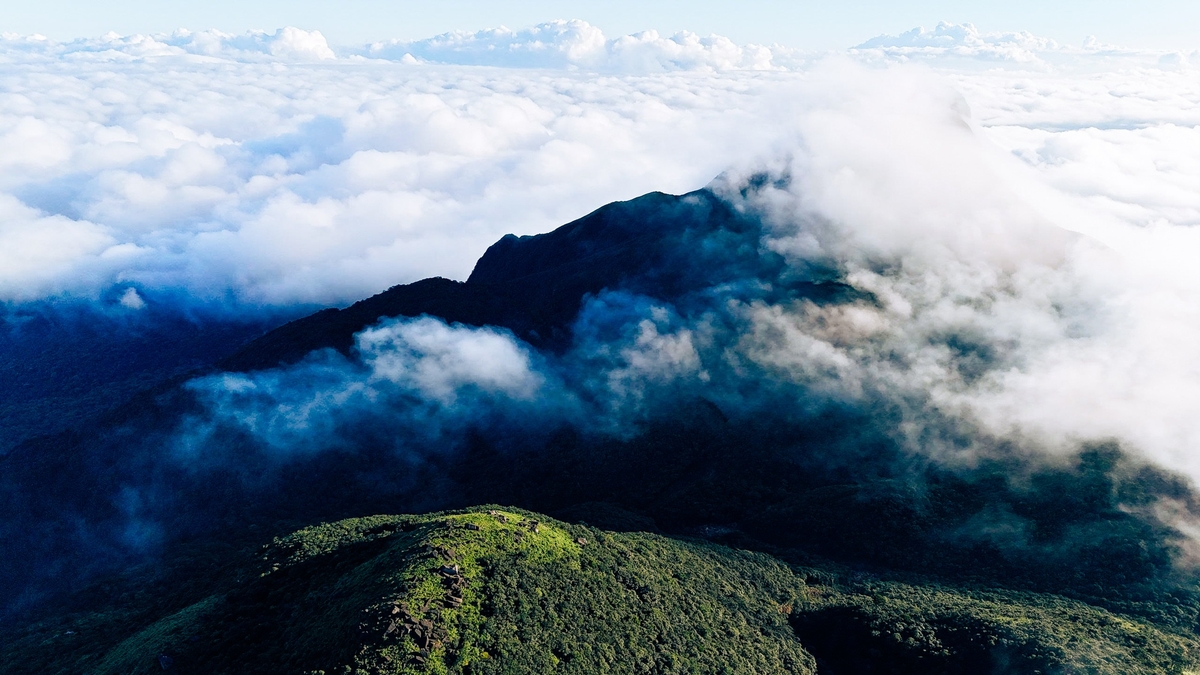

![[Photo] General Secretary To Lam receives Governor of Kanagawa Province (Japan) Kuroiwa Yuji](https://vphoto.vietnam.vn/thumb/1200x675/vietnam/resource/IMAGE/2025/11/15/1763204231089_a1-bnd-7718-5559-jpg.webp)
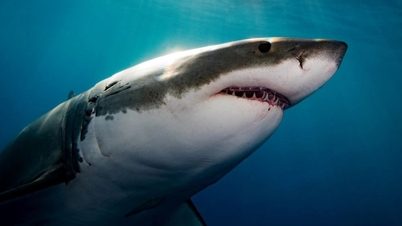


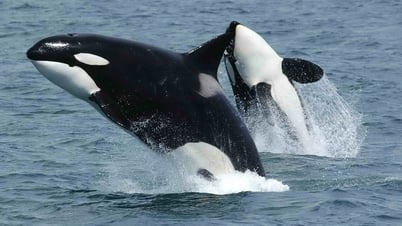
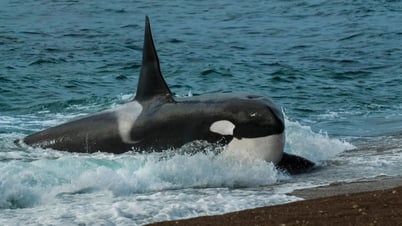
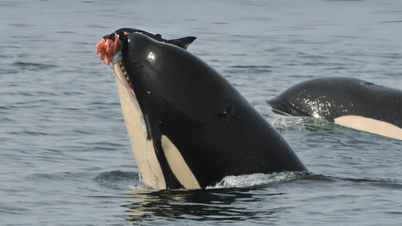

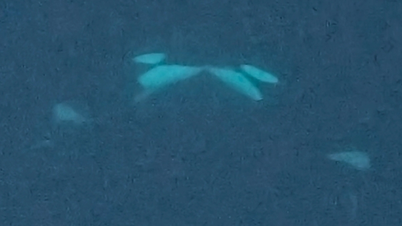
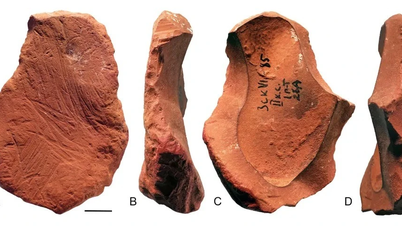








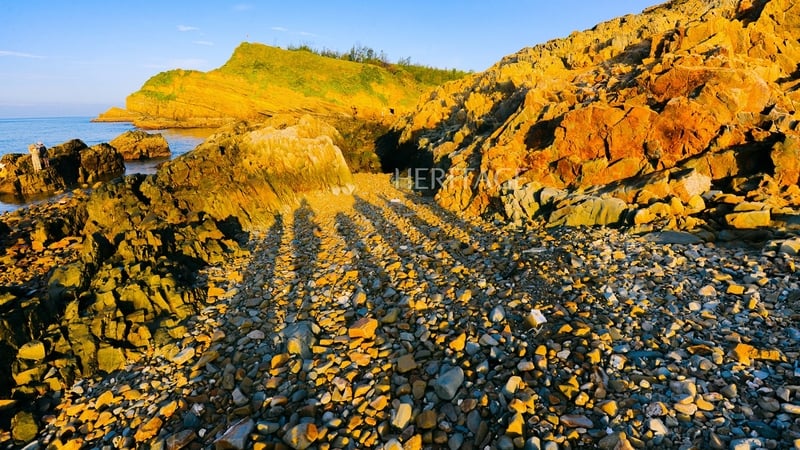


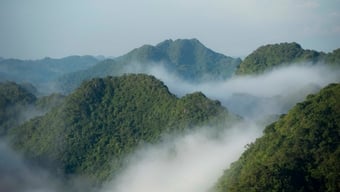






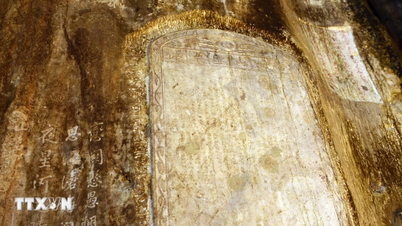






































































Comment (0)